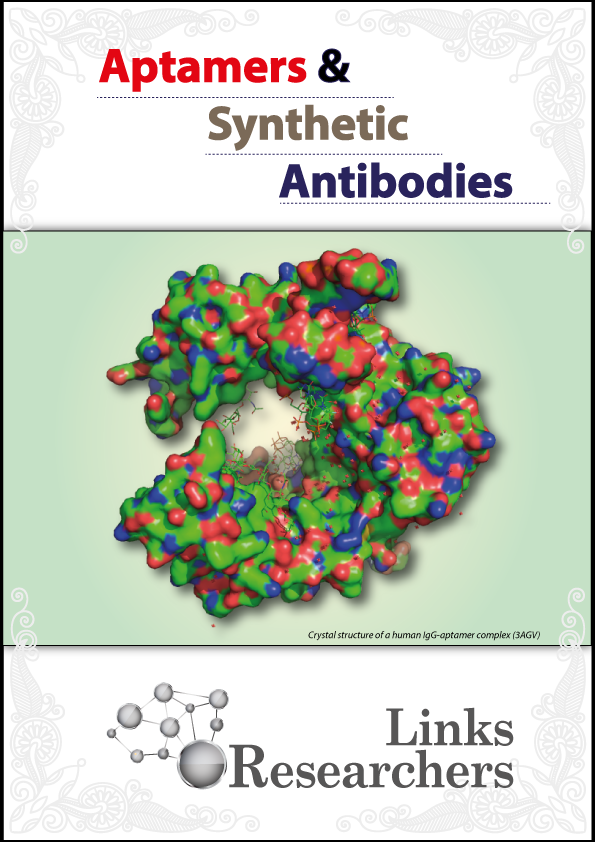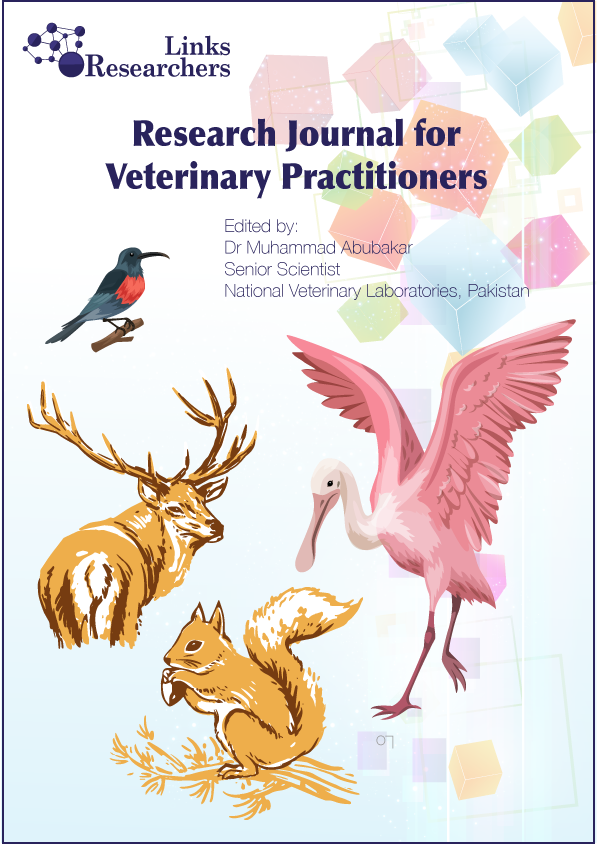Atul Sharma, Aruna Chandra Singh, Gautam Bacher, Sunil Bhand
Iram Liaqat1*, Najma Arshad2, Muhammad Arshad3, Safdar Ali Mirza4, Nazish Mazhar Ali1 and Ammara Shoukat1
Shahida Sabir1, Anwar Ali Shad1, Tariq Masood1*, Zafar Ali Shah1, Nasiruddin2, Yaseen Ahmad1 and Syed Sartaj Alam3
Xiaoli Cai1,2, Saeed Ahmed3, Zhixin Lei1,*, Jianping Wu1,* and Taolei Sun1,2,*
Jiang Wu*
Hassan A. Aidaros, Eman M. Hafez, Halla E.K. El Bahgy*
Keywords | Disinfectant, Poultry, E.coli, Pasteurella multocida, Campyloba...







